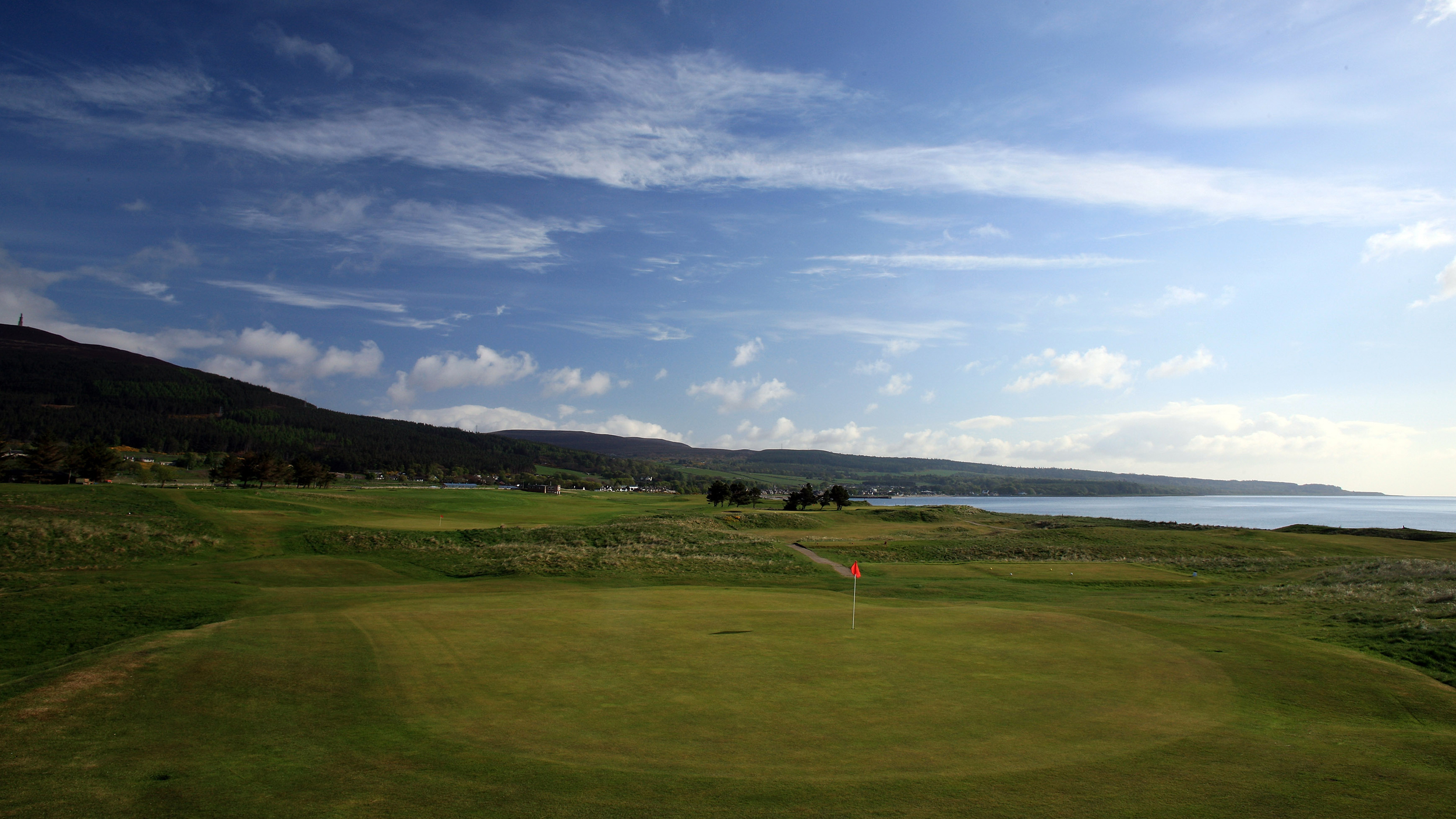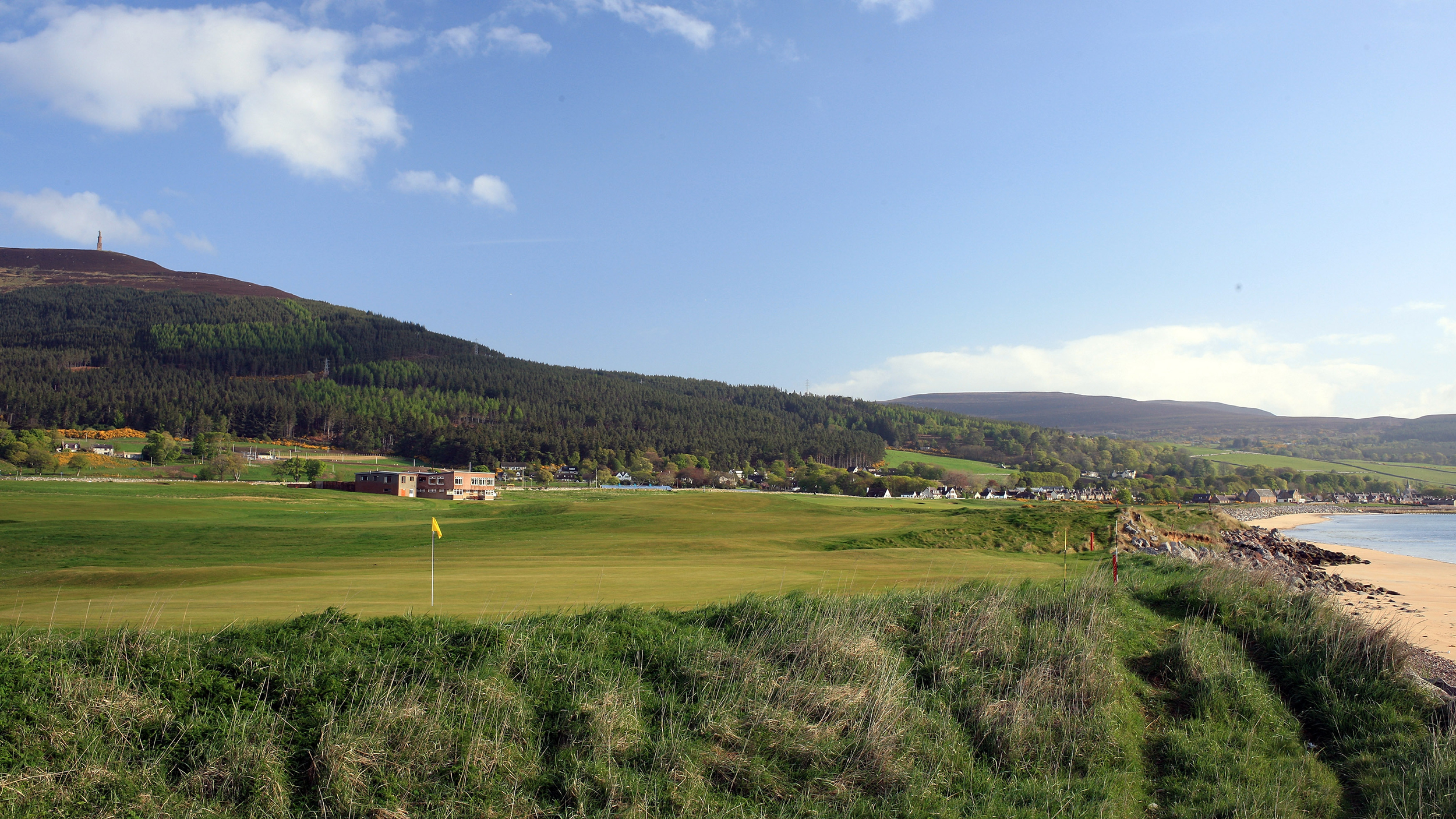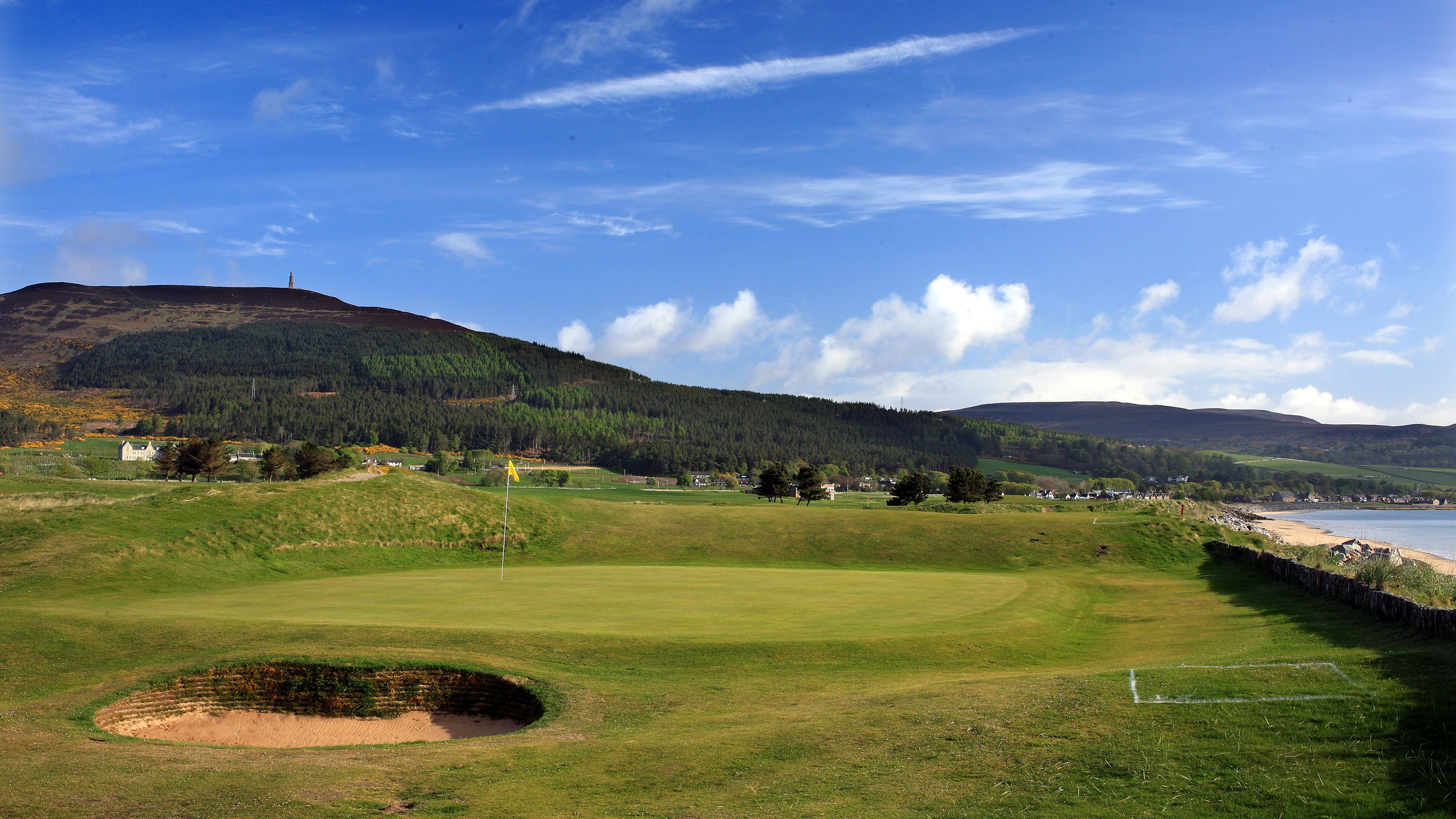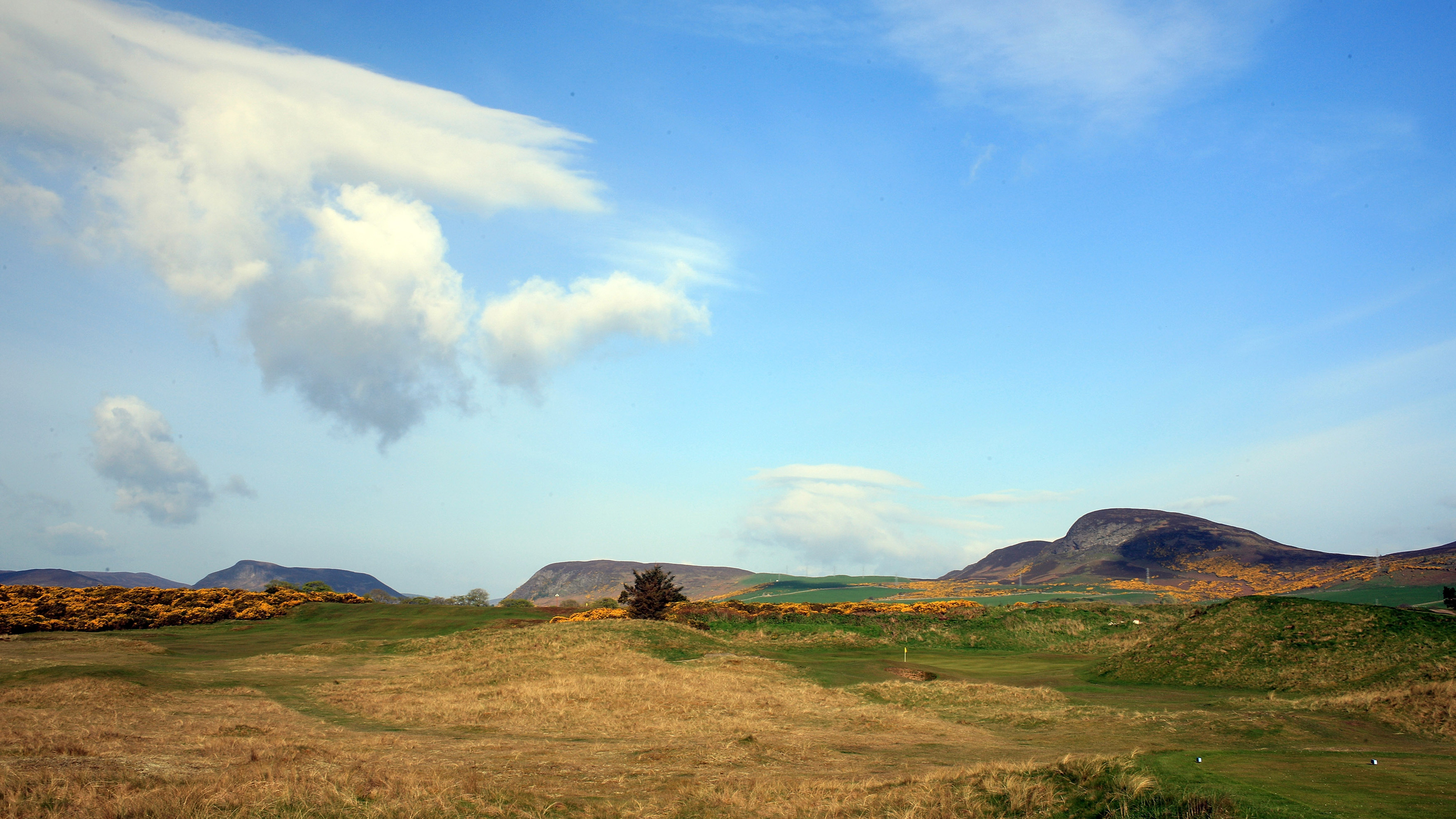Golspie Golf Club Course Review
A beautiful course in a fine setting delivering a blend of links, heath and inland playing characteristics


Golspie Golf Club Course Review
GF £45 - £80
Par 70, 6,021 yards
Slope 122
GM Verdict – A course of true variety with holes showcasing links, heath and inland characteristics
Favourite Hole – 4th. “Gully” is a brilliant par-5 of 522 yards played along the edge of the beach. With a swale short, it’s a good tactical test.

The 4th at Golspie
The picturesque course at Golspie is just over an hour’s drive north from Inverness and only 15 minutes from Royal Dornoch. The club was founded in 1889 but there had been golf played on the ground at Golspie since at least as far back as 1878. The course was extended to 18 holes in 1905 and James Braid was employed in the 1920s to make improvements to the layout. His alterations were completed by 1926. Golspie is a real Highland beauty.

The 5th at Golspie
Golspie is packed with character and that’s embodied by the names for the holes. On the card you’ll find Tinker’s Camp, Sahara Back and Tattie Pits. With views to the sea on one side and inland to Ben Bhraggie this is a stunning setting in which to play golf. Although it lies on the coast, the course is made up of a fascinating blend of links, heath and inland holes. Each one offers a new vista and a distinctive challenge. Don’t be lulled by the par and yardage. The course may measure just more than 6,000 yards but you’ve got to keep the thinking cap on from start to finish. The changeable wind and the varying holes mean creative shot selection is required in order to negotiate Golspie effectively. Although it’s tricky, Golspie is a course that can be enjoyed by all. It’s not an arduous walk and the setting alone is worth the green fee.

The 6th
The course begins with a par-5 that’s reachable in two, depending on the wind, then turns to the coast for a fine run of holes along the shoreline. The layout turns inland at the uphill 7th. The next holes play on the higher ground amidst the heathers and the pines before dropping again for a series of strong finishing holes back to the clubhouse. The 17th is a superb long par-3 over a ridge to a flat green and the last is a challenging par-4 with a blind second. A par feels like a birdie on this tester.
Subscribe to the Golf Monthly newsletter to stay up to date with all the latest tour news, equipment news, reviews, head-to-heads and buyer’s guides from our team of experienced experts.

Fergus is Golf Monthly's resident expert on the history of the game and has written extensively on that subject. He has also worked with Golf Monthly to produce a podcast series. Called 18 Majors: The Golf History Show it offers new and in-depth perspectives on some of the most important moments in golf's long history. You can find all the details about it here.
He is a golf obsessive and 1-handicapper. Growing up in the North East of Scotland, golf runs through his veins and his passion for the sport was bolstered during his time at St Andrews university studying history. He went on to earn a post graduate diploma from the London School of Journalism. Fergus has worked for Golf Monthly since 2004 and has written two books on the game; "Great Golf Debates" together with Jezz Ellwood of Golf Monthly and the history section of "The Ultimate Golf Book" together with Neil Tappin , also of Golf Monthly.
Fergus once shanked a ball from just over Granny Clark's Wynd on the 18th of the Old Course that struck the St Andrews Golf Club and rebounded into the Valley of Sin, from where he saved par. Who says there's no golfing god?